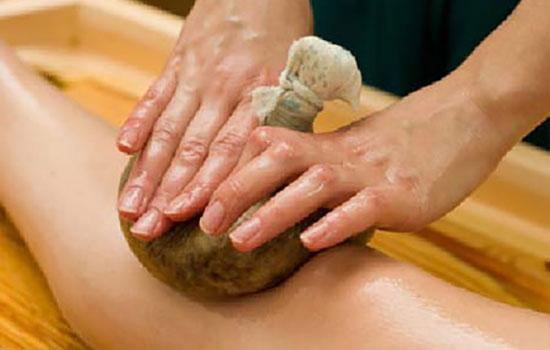Virechana Panchakarma: Cleanse and Revitalize Your Being

Panchakarma is a comprehensive detoxification and rejuvenation therapy used in Ayurveda, an ancient holistic system of medicine originating in India. The term “Panchakarma” translates to “five actions” or “five treatments,” referring to a set of five therapeutic procedures aimed at balancing the body, mind, and spirit by removing accumulated toxins (ama) and restoring harmony to the doshas (vital energies) – Vata, Pitta, and Kapha.
Virechana is a therapeutic procedure commonly used in Ayurveda as part of the Panchakarma detoxification process. Panchakarma is a comprehensive system of healing in Ayurveda that aims to balance the body, mind, and spirit through various cleansing and rejuvenation techniques. Virechana specifically focuses on purifying the body by eliminating excess Pitta dosha and accumulated toxins (ama) through the gastrointestinal tract.
Here’s an overview of the Virechana treatment:
1. Prerequisites: Before undergoing Virechana, a person should undergo a preparatory phase called “Purvakarma.” This involves internal oleation (snehapana) and external oleation (snehana) to prepare the body for the elimination of toxins. Ghee (clarified butter) is commonly used for internal oleation.
2. Selection of Patients: Virechana is often recommended for individuals with imbalances related to excess Pitta dosha, liver disorders, skin problems, digestive issues, and certain metabolic disorders. However, it should be avoided for very young, elderly individuals, pregnant women, and those with specific medical conditions.
3. Procedure: The Virechana treatment involves administering specific herbal medicines, often in the form of a purgative decoction or powder, to induce controlled bowel movements. The choice of herbs is determined by an Ayurvedic practitioner based on the individual’s constitution and the nature of the imbalance.
4. Monitoring: During the Virechana process, the patient’s condition is closely monitored by Ayurvedic practitioners. The person might experience symptoms like increased bowel movements, sweating, feeling hot, and elimination of bile through the stool.
5. Post-Treatment Care: After the purgation process is complete, the person is provided with a specific diet and lifestyle recommendations to help the body recover and maintain balance. This often involves consuming easily digestible foods, staying hydrated, and avoiding excessively spicy or heavy foods.
6. Benefits: Virechana is believed to help in the removal of excess Pitta dosha and toxins from the body, leading to improved digestion, enhanced metabolism, clearer skin, and a reduction in various Pitta-related imbalances.
7. Duration: The duration of the Virechana treatment can vary based on individual factors, but it usually takes a few days to complete the entire process.
8. Professional Guidance: It’s important to undergo Virechana and other Panchakarma procedures under the guidance of qualified Ayurvedic practitioners. They will assess your constitution, imbalances, and overall health to determine if Virechana is suitable for you and to tailor the treatment accordingly.
Remember that Ayurveda is a holistic approach to health, and its treatments are individualized. Consultation with an Ayurvedic practitioner is crucial to ensure that the treatment aligns with your specific needs and health conditions.
